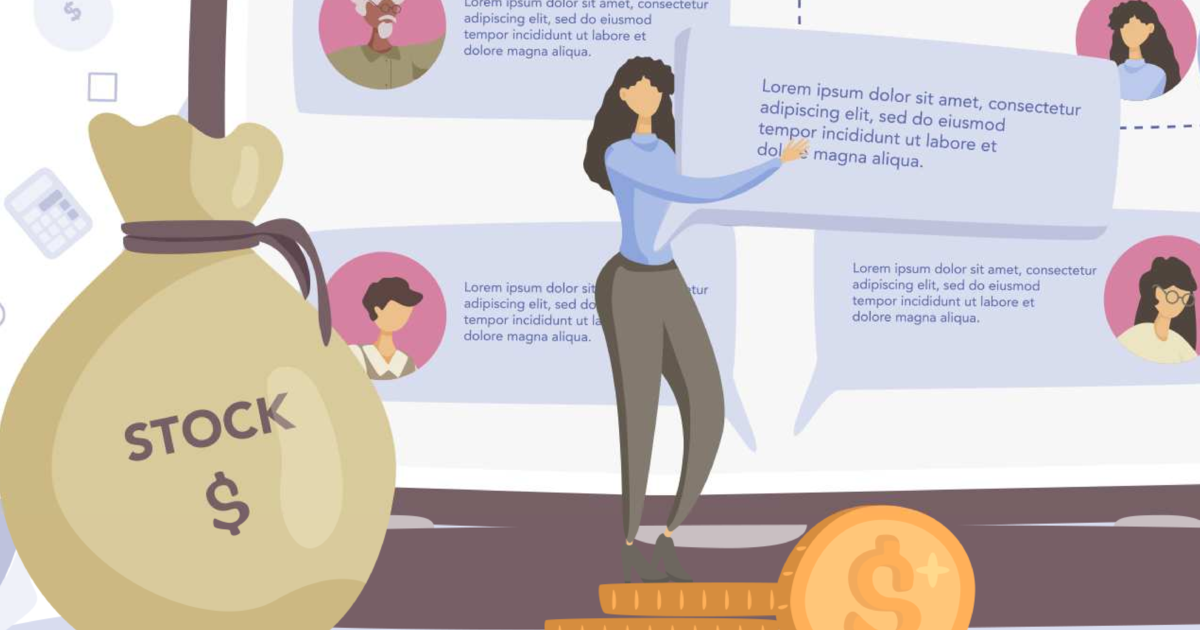DingoBorat
Slim
AL
For some reason, I don't think Korea is going to play ball with us, although they have looked at them and had a good sniff..
They have their Kaist Institute, which made some (actually misleading) claims, earlier this year?..
There's our known partnership with Prophesee, but I think this new development, is more likely to weaken that connection, than be a more confident shoe in the door..
Although there's no doubt in my mind, that we've worked with at least Samsung, in the past..Following on from the above, there is something HUGE brewing here - South Korean chipmakers Sapeon and Rebellions have agreed to merge!!!!
This now brings together all of the following companies: Aramco + Prophesee + Samsung + Rebellions + Qauclomm + Sapeon.
South Korea has been strategically working towards becoming one of the world's top three countries in terms of AI innovation and this merrger seem to be a by-product of that. What is particularly fascinating about this is that South Korean president Yoon Suk Yeol referred to neuromorphic devices in the speech he gave in April 2024.
View attachment 68404
Sapeons' CEO has also discussed back in November 2022 neuromorphic technologies to improve memory operation processing performance.
Extract.
View attachment 68405

Sapeon "Enhancing computation with next-generation memory artificial brain ‘CIM'"
SK Group artificial intelligence (AI) semiconductor fabless Sapeon Korea introduced the next-generation memory semiconductor Compute-in-Memory (CIM) technology trend with enhanced computing functions.english.etnews.com
I wonder where they could get their hands on the missing piece of the jigsaw puzzle, this neuromorphic technology?
For some reason, I don't think Korea is going to play ball with us, although they have looked at them and had a good sniff..
They have their Kaist Institute, which made some (actually misleading) claims, earlier this year?..
There's our known partnership with Prophesee, but I think this new development, is more likely to weaken that connection, than be a more confident shoe in the door..
Last edited:



